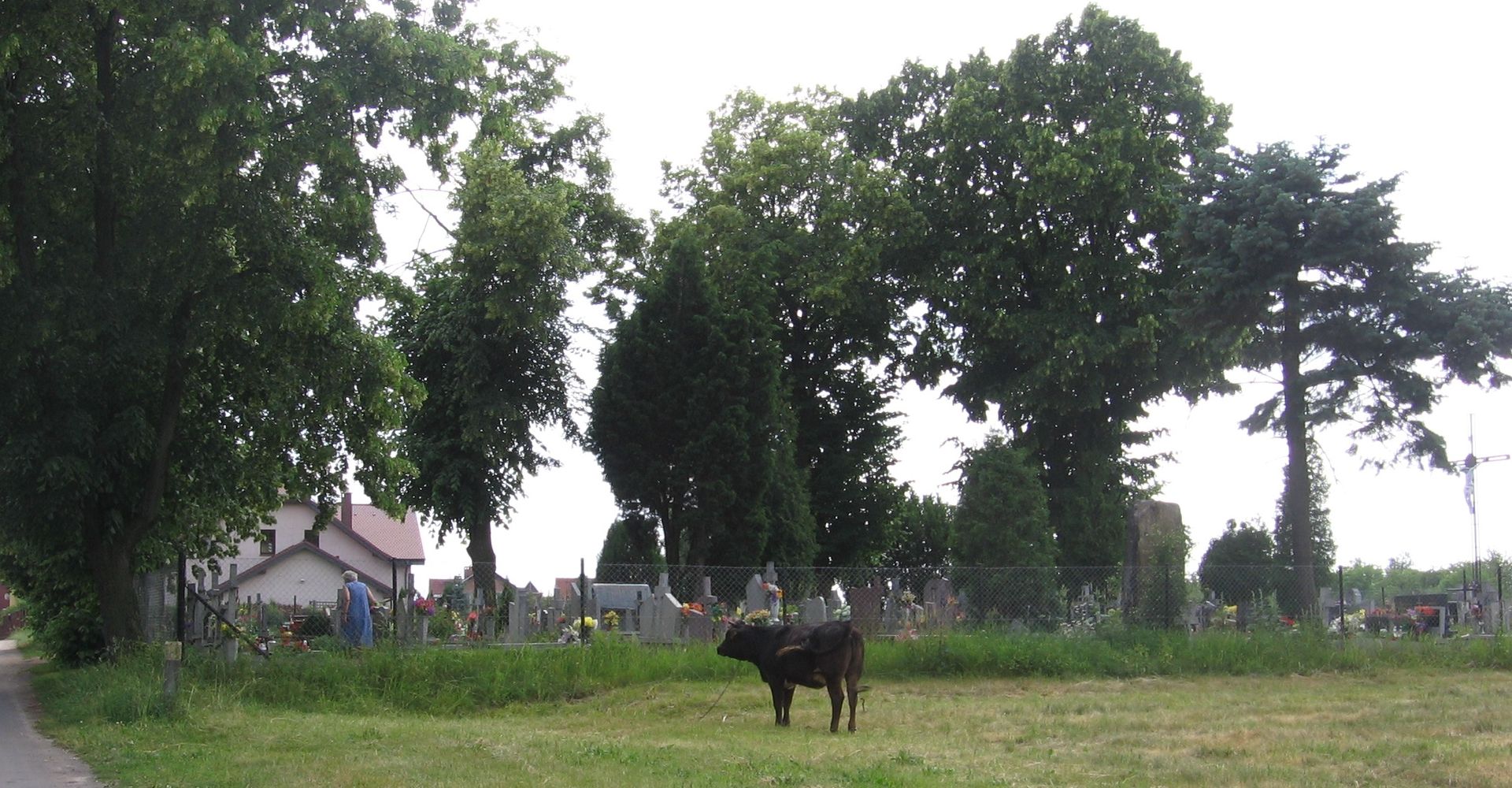Widawa
6.23

Overview
Widawa, an administrative district of Wrocław, is located on the Widawa River and boasts a rich history dating back to 1193, when it was first mentioned in a papal bull issued by Pope Celestyn III. It was formed through the merger of the settlements Widawa and Pracz nad Widawą. In 1257, Henryk III Biały (Henry III the White) granted the settlement Środa rights (a type of medieval town charter), and in 1344, a decision was made to build a parish church, funded by the knight Henryk Cal. This medieval religious site is one of Widawa's main historical landmarks, where historical denominational changes led to the dominance of Lutheranism in the 16th and 17th centuries, followed by the restoration of Catholicism after the Wrocław War. During the interwar period, Catholic religious orders arrived in Widawa, and the village gained access to electricity and telephone services. As a result of World War II and the Yalta agreements, the area suffered significant destruction and demographic changes. From 1945 to 1973, Widawa was an independent municipality before being incorporated into Wrocław. Today, Widawa and the neighboring Pracze Widawskie together have approximately 1,500 residents. The historical name Widawa underwent various forms in Latin documents before being officially confirmed in 1946. The district is characterized by beautiful historical monuments, including the Church of St. Anne, which dates back to the 14th century and has undergone subsequent architectural transformations. In the realm of sports culture, residents established the LZS Widawa team in 1948, and currently, the Tomtex Widawa Wrocław Sports Club operates, having gained recognition in local football competitions. The district's transportation infrastructure is well-developed, with bus lines connecting it to downtown Wrocław. An interesting fact is that the area features a bicycle route and the Dr. Bronisław Turon Trail Around Wrocław, which encourages physical activity and exploration of local history.
Location
Tickets
Powered by GetYourGuide
2025 Wizytor | All Rights Reserved